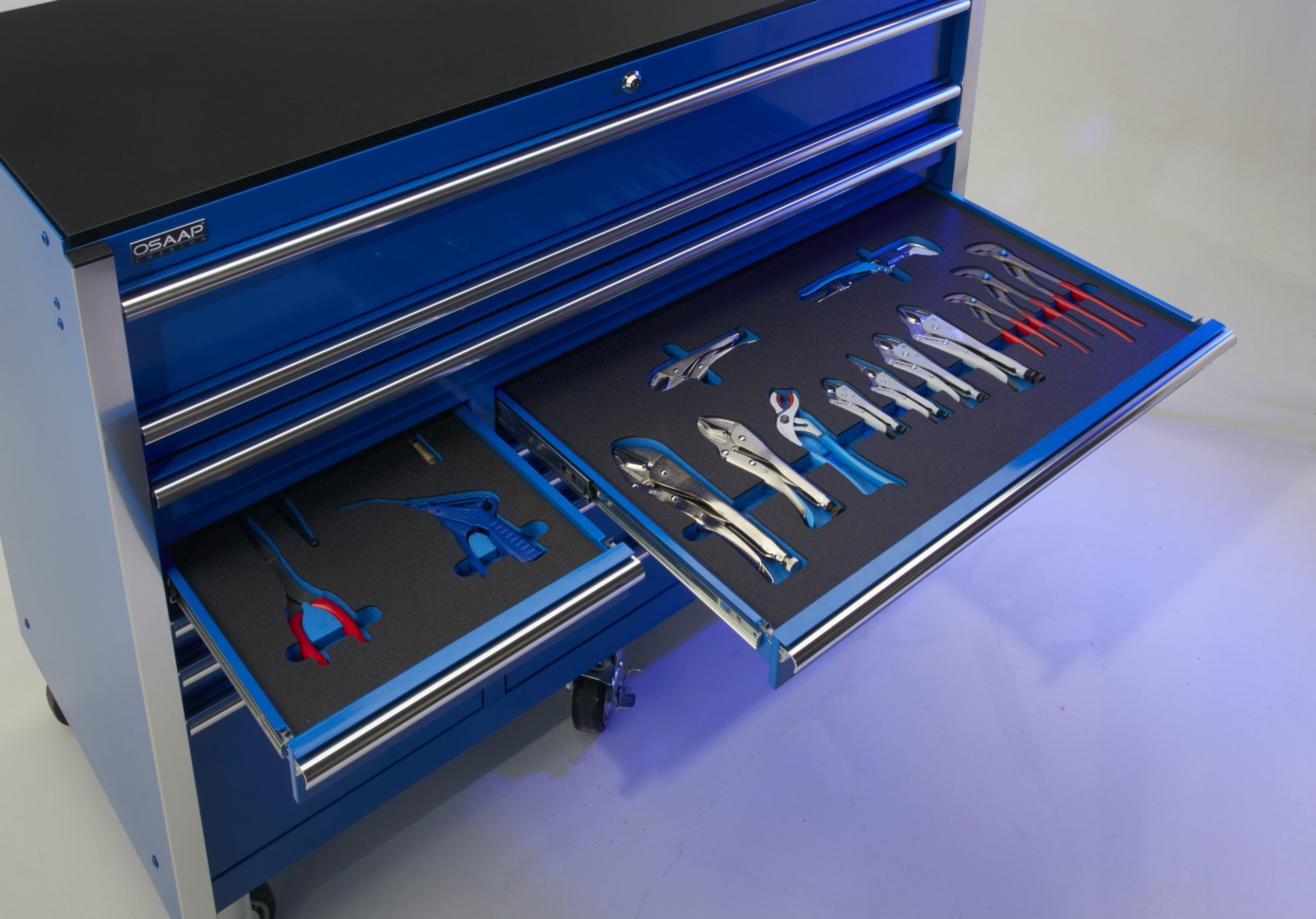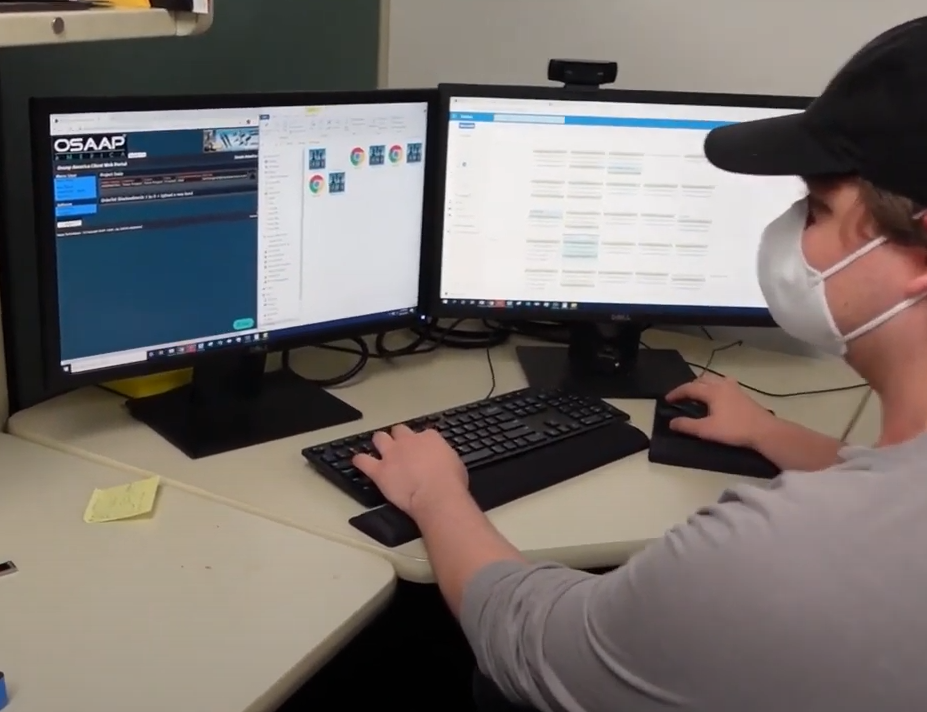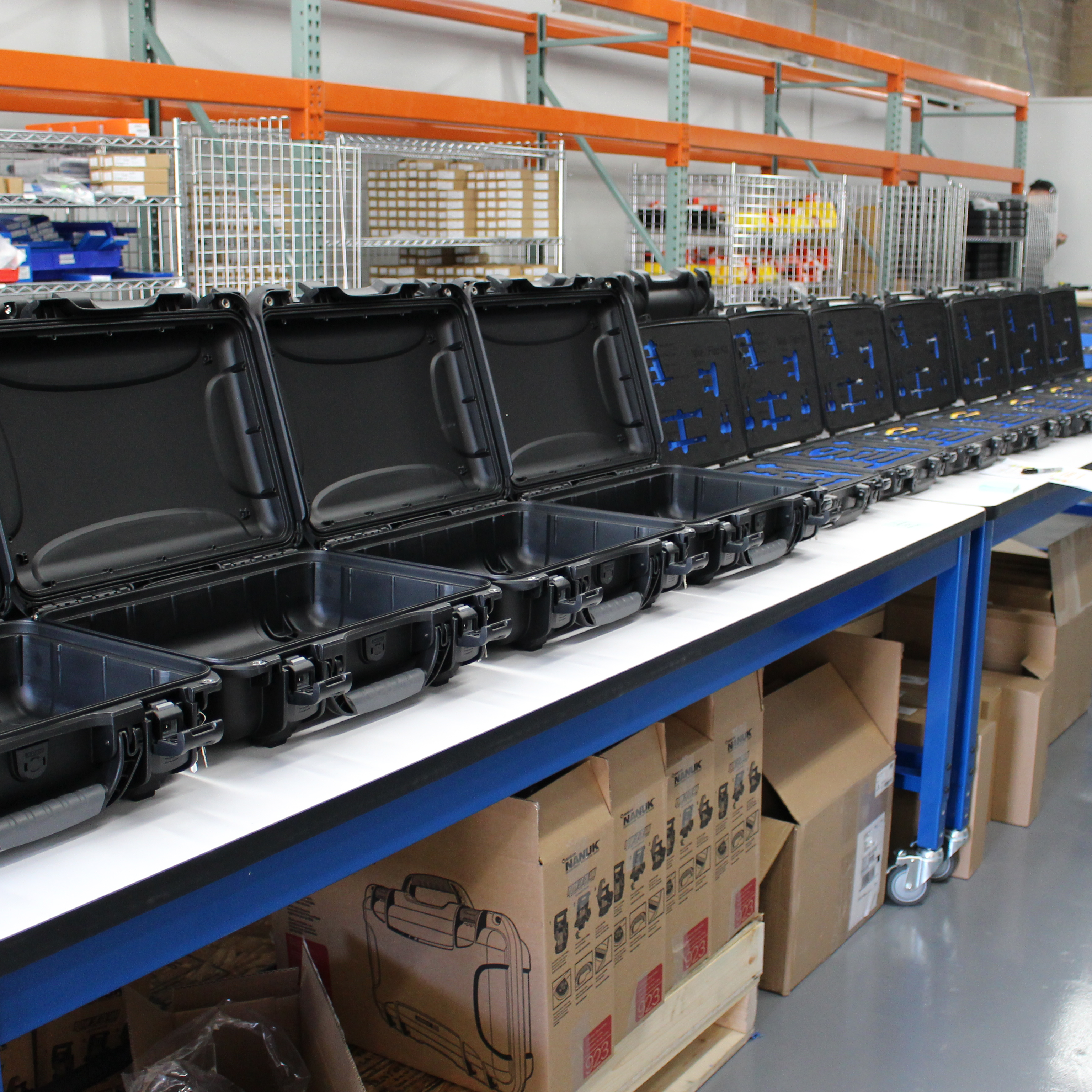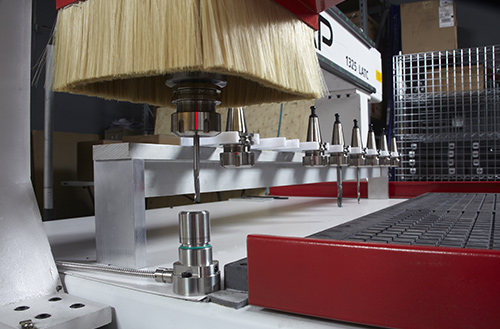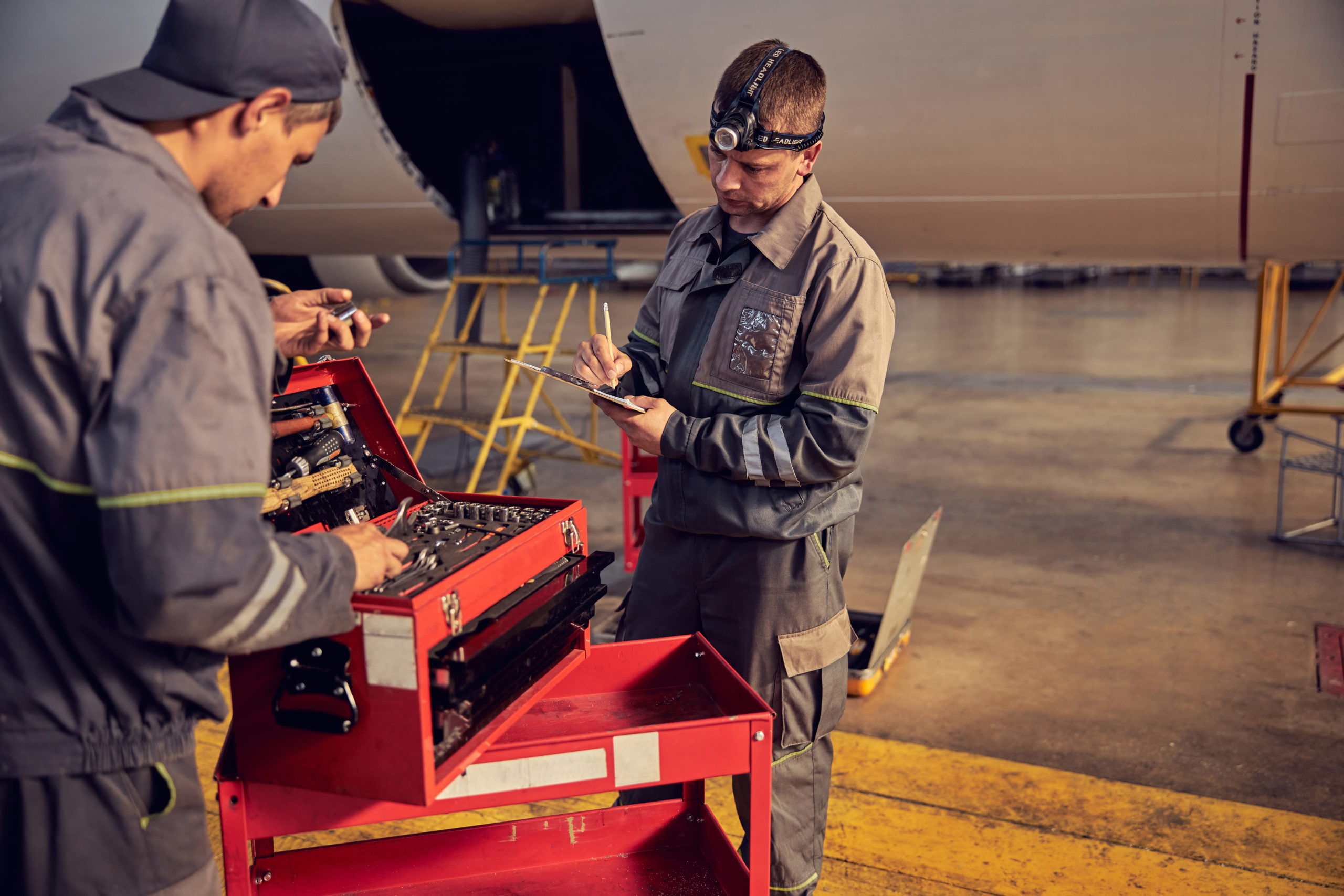The Future of Organizational Efficiency: Trends in Shadow Board Design
Introduction to Shadow Board Design and Its Growing Importance
Shadow Board Design is all about streamlining and organizing tools in the workplace. It’s like giving every tool its own home, making it easy for folks to find what they need fast. This isn’t just about tidying up; it’s a strategy to boost efficiency and productivity. Imagine you’re in a hurry to finish a task, and instead of searching everywhere, you find your tool right in its spot on the shadow board. Saves time, right? That’s the core idea. Businesses are catching on to this and are now integrating shadow boards into their operations more than ever. They’re realizing that a well-organized workplace isn’t just nice to have; it’s essential for staying competitive. As work gets more complex, the simplicity and clarity offered by shadow board design become increasingly crucial. It’s about cutting down on the small, time-consuming tasks that add up, giving teams more time to focus on the big picture.
Understanding the Basics: What Is Shadow Board Design?
Shadow Board Design is a smart way to boost team creativity and decision-making. It’s like gathering a group of young, dynamic members within a company and giving them a voice. They don’t replace the big bosses but work alongside them, bringing fresh ideas to the table. Think of it as a junior advisory board. Members come from different parts of the company and are known for being innovative thinkers. They’re not there to make final decisions but to challenge the usual way of doing things and suggest new paths that the main board might miss. This setup ensures that the company stays relevant and agile, tapping into insights from those who might be closer to new trends or technologies. Shadow Boards can be game-changers, helping companies adapt faster and smarter in a fast-moving world.
Trends Influencing the Future of Shadow Board Design
Today, companies are always on the lookout for tools that can make their workspaces more efficient and productive. Enter shadow boards, a game-changer in organizing tools and equipment. Let’s dive into the trends shaping the future of shadow board design, making them an even more crucial part of modern workplaces. First off, customization is king. Businesses want shadow boards tailored to their specific needs, ensuring that every tool has its place, reducing the time spent searching for equipment. Next, we’re seeing a shift towards more durable and sustainable materials. Companies are increasingly conscious of their environmental footprint, opting for shadow boards made from recyclable or eco-friendly materials. Additionally, the integration of technology into shadow boards is gaining momentum. Imagine a shadow board that not only organizes your tools but also tracks their usage and sends alerts when maintenance is due or when tools are not returned to their designated spot. Lastly, there’s a growing emphasis on visual management. Using color coding and clear labeling on shadow boards makes it easier for anyone to find and return tools, streamlining operations and minimizing losses or damage. These trends are not just changing the face of shadow boards; they’re revolutionizing how workplaces manage their resources, emphasizing efficiency, sustainability, and smart technology.
The Role of Technology in Enhancing Shadow Board Efficiency
Technology is changing how shadow boards work, making everything smoother and smarter. Imagine a tool board that tells you when a tool goes missing or when it’s time for maintenance. That’s where we’re headed. With RFID tags and IoT, or Internet of Things technology, tracking tools becomes a breeze. No more wasting time looking for tools. These technologies let us monitor tool use real-time, ensuring they’re always where they need to be. Plus, with data analytics, we can predict and prevent problems before they happen. It’s all about making the workplace more efficient and cutting down on time lost. Welcome to the future of shadow boards, where technology makes everything just work better.
Customization and Flexibility: The New Norms in Shadow Board Design
Gone are the days when one-size-fits-all was the mantra in shadow board design. Now, customization and flexibility have taken the front seat, becoming the new norms shaping the future of organizational efficiency. Imagine walking into a workspace where every tool, every piece of equipment, has its dedicated, perfectly shaped slot. This isn’t just about keeping things tidy; it’s about slashing the time spent searching for tools, enhancing safety, and boosting productivity.
Customized shadow boards reflect the specific needs of a workspace. They account for the tools you use, how often you use them, and how you move around. This level of personalization ensures that the layout and design of the board directly contribute to workflow optimization. Flexibility plays a crucial role too. Workspaces evolve, tools get updated, and processes improve. Flexible shadow board designs easily adapt to these changes without needing a complete overhaul. This adaptability not only saves money in the long run but also keeps your operations lean and efficient.
In essence, embracing customization and flexibility in shadow board design isn’t just a trend; it’s a strategic move towards future-proofing your organizational efficiency. It’s about making sure your workspace not only meets the current needs but is also ready for whatever comes next.
Sustainability and Eco-friendliness in Modern Shadow Board Solutions
Today, businesses are not just about making money. They’re about making an impact, too. That’s why when we talk shadow boards, a neat tool for organizing tools or equipment, the conversation quickly turns to sustainability and eco-friendliness. It’s not just about keeping things tidy; it’s about doing it in a way that respects our planet. Modern shadow board solutions are stepping up, using materials that are easy on the environment. We’re seeing boards made from recycled plastics and sustainable woods. They’re designed to be durable, so you’re not replacing them often, cutting down on waste. Plus, the production processes are getting smarter, using less energy and creating fewer carbon footprints. It’s not just good for the planet; it’s smart business, too. Customers notice these efforts, and they’re more likely to support companies that think green. So, when choosing your next shadow board, remember it’s not just about efficiency in your workspace. It’s about contributing to a healthier planet, too. And that’s a win-win for everyone.
The Impact of Shadow Board Design on Organizational Efficiency
Shadow boards are not just tools; they’re game changers in boosting organizational efficiency. Imagine every tool, every piece of equipment, having its specific place, outlined and color-coded. This simple yet effective approach reduces the time spent searching for tools, significantly cutting down on downtime and boosting productivity. Picture this: a workspace where everything is at arm’s reach, and every employee knows exactly where to find what they need. This streamlined organization doesn’t only speed up work processes but also minimizes the risk of losing or misplacing important tools. A well-designed shadow board system ensures that tools are not only easily accessible but also maintained, which prolongs their lifespan and saves money in the long run. In essence, investing in smart shadow board design is a straightforward strategy to enhance workflow, ensure safety, and optimize operational efficiency. It’s not just about keeping tools in line; it’s about keeping your business ahead of the curve.
Case Studies: Success Stories of Effective Shadow Board Implementation
Shadow boards aren’t just about tidiness; they’re power tools in boosting organizational efficiency. Let’s talk real-life wins. Imagine a factory floor where every tool has a marked spot, visually managed. This isn’t a neat freak’s paradise; it’s Toyota’s reality. They reduced search times dramatically, pushing productivity through the roof. Now, picture a hospital where nurses aren’t scrambling for supplies. A UK hospital adopted shadow boards in their emergency rooms and cut down equipment retrieval time by 20%. Less time hunting means more time for patient care. Small tweaks, massive impacts. And it’s not just the big guys; even small businesses are getting in on the action. A local café organized their kitchen with shadow boards, slashing prep time and reducing order mix-ups. The secret sauce? Visibility and simplicity. Every story echoes a common theme: clear, organized spaces lead to better work, happier teams, and fatter bottom lines. Shadow boards are more than organizational tools; they’re a blueprint for operational excellence.
Challenges and Considerations in Modern Shadow Board Design
Creating modern shadow boards faces its unique set of challenges and considerations. First, ensuring the shadow board aligns with the organization’s objectives is crucial. It’s more than just organizing tools; it’s about enhancing efficiency and reducing waste. Then, there’s the need for customization. Not all tools and equipment are the same size or shape, requiring a bespoke approach to shadow board design. Durability also plays a vital role. These boards need to withstand daily use and environmental factors, which means choosing the right materials is essential. Lastly, technology integration is becoming increasingly important. Incorporating QR codes or RFID tags for easy tracking and inventory management is a trend on the rise. However, keeping this tech up-to-date and functional poses its own set of challenges. Simplifying these complex requirements requires a thoughtful approach to design and implementation.
Predictions for the Future Development of Shadow Board Design
Shadow boards are evolving, and their future is bright with innovation. Expect designs to become more personalized, adaptable to various tools and work environments. Smart technology integration is on the rise, meaning boards could soon track tool usage, send maintenance reminders, or even reorder supplies automatically. Sustainability will take center stage, with materials that are not only durable but also eco-friendly. These predictions hint at shadow boards not just as organizational tools, but as vital components in streamlining operations, enhancing productivity, and promoting a greener workplace. Stay tuned; the next generation of shadow boards is set to revolutionize organizational efficiency.

